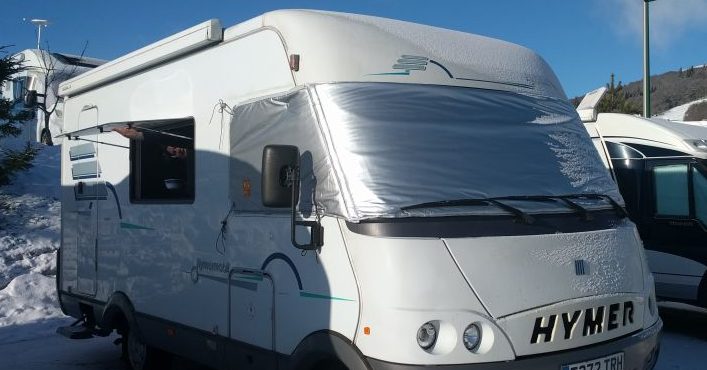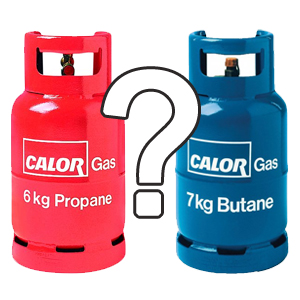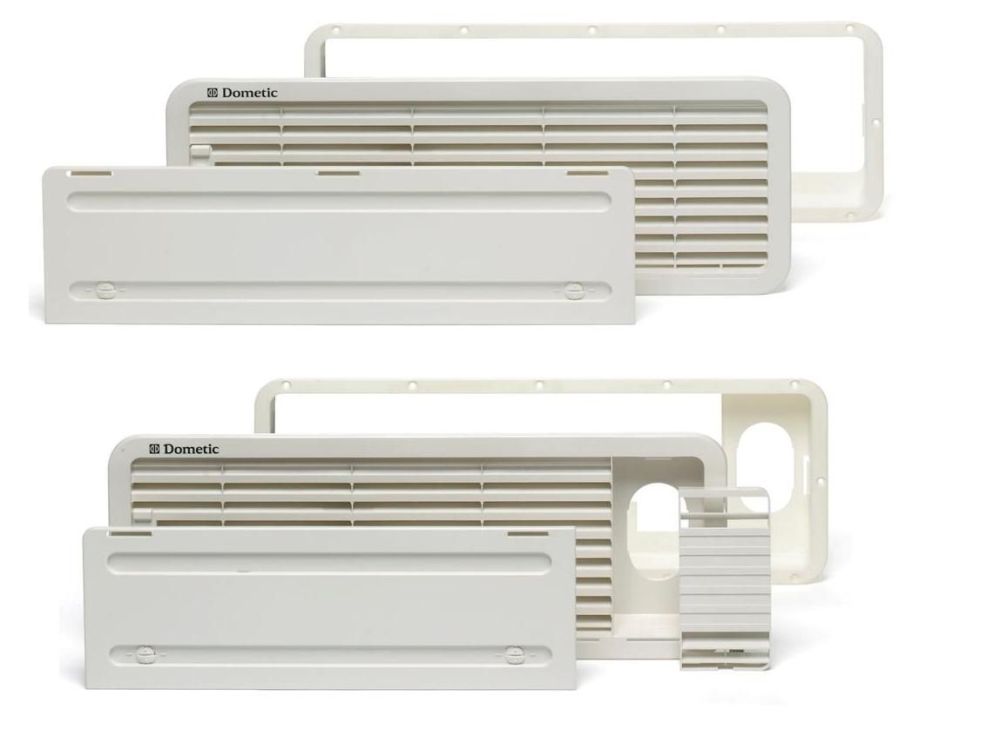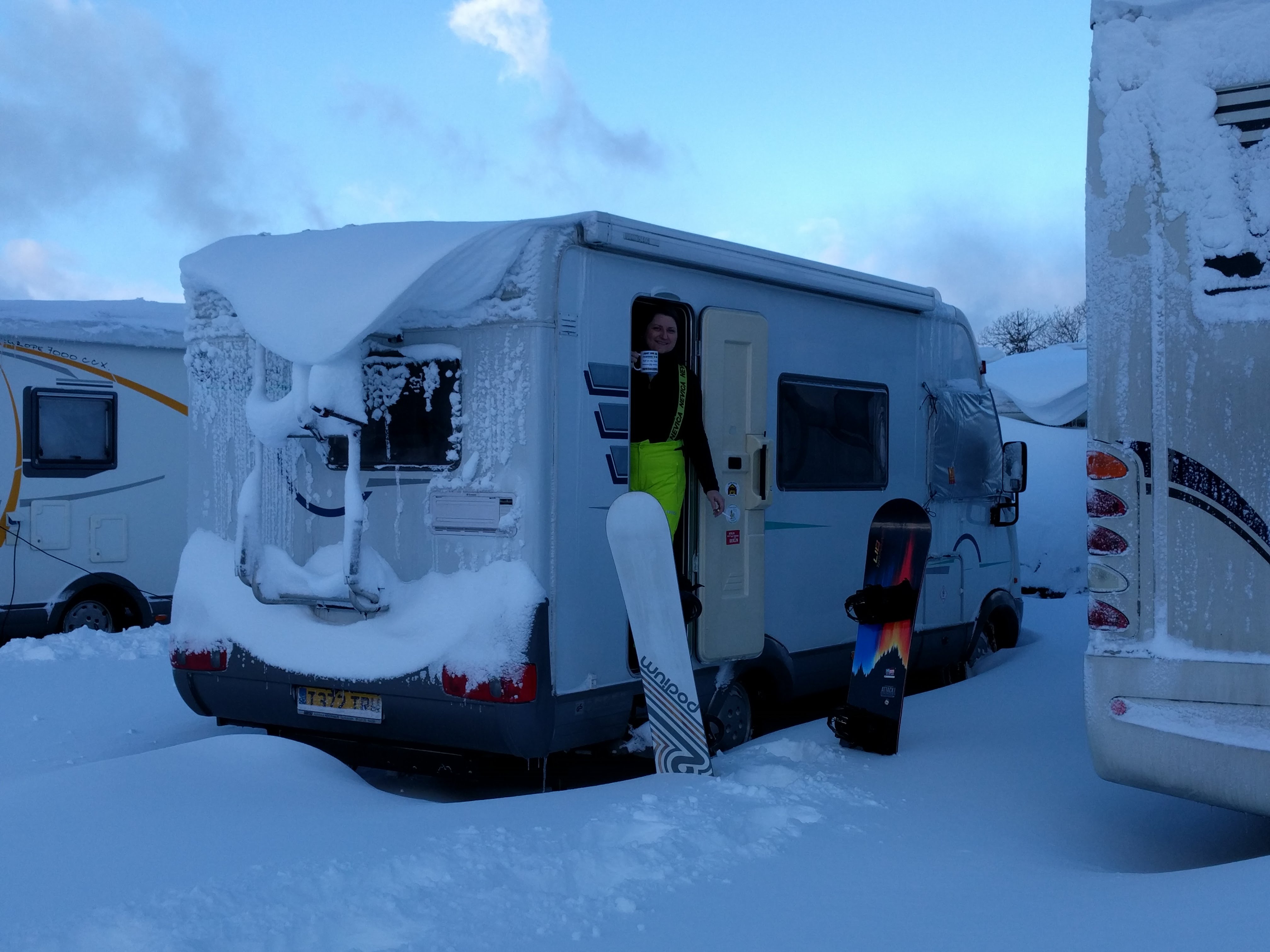Winter in a Motorhome?
Many motorhome/camper owners just use their vans when the weather is warm, assuming ‘camping’ is just a fair weather pastime – but they are missing out on one of the best reasons for owning a motorhome – ski season!
Taking a motorhome to the mountains for a winter ski break will not only save you a considerable amount of money on accommodation rental. It also allows you to chase the good snow, you are no longer limited to selecting a destination weeks in advance and hoping the weather meets you there!
Even if you don’t plan on using a van for ski holidays here are some tips on making sure the rig you chose is suitable for all year round adventures, wherever it ends up taking you.
Motorhome or Camper Van?
While some people do use van conversions for winter trips, a Motorhome brings two important benefits – more space and (generally) better insulation.
In the summer space isn’t so much of a consideration as you will be spending a lot of time outside the van, only needing the inside space for rainy days and sleeping.
In the winter however having enough usable space to be comfortable living inside will make the trip much more enjoyable, and the additional insulation of a Motorhome should make it a more civilised environment. Van conversions tend to be more compromised in terms of insulation as they are lower and narrower than most Motorhomes so there is less room for thick insulation, and the all-steel bodies do a good job of conduction heat away to the outside environment.
A-class or coachbuilt
If you chose a Motorhome there are two main variants, coachbuilt vans that retain the donor van cab with a Motorhome body on the back, and A-class vans where the whole body is a bespoke unit fitted onto a donor chassis.
Older coachbuilt vans can suffer for drafts/colds spots in the cab, making them more difficult to heat, whereas A-class vans are generally better in this respect (they are also wider at the front, being full body width all the way along, which allows more room in the cab area). Modern vans tend to be pretty well sorted in either configuration, but if you are going for an older vehicle an A-class may be a better choice.
We use a 1999 Hymer B544, which is a 6m long A-class on a Fiat Ducato base, but there are literally hundreds on options out there which make good ski buses.
Winterised vans
Researching options you will probably come across the term ‘winterised’, which is one of those unspecific terms that means different things to different manufacturers, but generally speaking looking for a ‘winterised’ van is a good thing as it should mean better insulation and some specific details in the construction for dealing with sub zero temperatures.
If the temperatures are consistently below freezing stuff will freeze, this can include fresh water, waste water and even gas (more on this later!).
The main way winterised vans combat this is to keep as much of this kit inside the van as possible (and therefore within the heated space).
If the fresh water tank on the van you are looking at is mounted under the floor it is likely it will freeze up in winter conditions, so look for one where it is above the floor (bear in mind this will reduce storage space inside the van somewhat). Another thing to look for is where the water pipes are run – some vans that have internal water storage still run the water pipes under floor and when these freeze the whole water system will stop working – even if the main tank is protected from freezing.
It is also worth noting that the hot water system relies on getting a feed from the fresh water, so it the fresh water freezes you will have no cold or hot water, and no ability to flush the toilet either!
As an example of how manufacturers deal with this in our Hymer the fresh water tank is under one of seats inside the van, and the water pipes run above floor towards the back of the vans, through the threshold strip under the habitation door and into the rear of the van in the kitchen/bathroom area. There is a hot air feed from the central heating system that blows hot air through the habitation door threshold and another that blows into the area under the fridge & sink to prevent any of the pipes freezing.
Single or Double Floor
Internet wisdom will tell you that a double-floor van is the way to go for winter use, and they definitely have some benefits. In this type of construction there is a void between two separate floors which contains the fresh and water water tanks, and the void will normally be heated by the central heating system to prevent any of it freezing. There are however a number of single floor designs that are perfectly capable of coping with sub-zero temperatures.
The main issue is the waste water tank that will normally be under floor and therefore subject to freezing. (and even if the contents don’t freeze then the valve for emptying it can freeze up, and there is no point in having a well insulated waste water tank if you can’t empty it!). Underfloor tanks are often ‘lagged’, i.e. surrounded by insulation, which can help but if the temperature does not get above freezing even during the day then they will eventually freeze up.
Our Hymer is a single floor can with a lagged underfloor waste tank, but there is then a separate feed from the blown air heating system that flows warm air around the valve and inside the tank insulation – we have never had a problem with frozen waste water even a temperatures consistently around ~15degC.
Windscreen covers
Whatever type of van you have it is worth investing in a set of thermal windscreen covers.
While the rest of the windows are likely to be double glazed plastic and reasonably good at preventing heat leaking out, automotive legislation means the windscreen needs to be laminated glass, and this unfortunately means poor thermal insulation.
A set of externally fitted insulated covers for the windscreen makes an enormous difference. There are covers for some vans available that cover the entire engine bay, these can be useful if there are drafts between the engine bay and the cab, but the windscreen is the main area to worry about. We use a set from ‘TaylorMade’ in the UK that covers the windscreen and both side windows, fit and finish is excellent.
https://taylormade-covers.co.uk/

Gas Storage Capacity
There is no getting away from the fact that you will use a lot more gas in the winter than in the summer – so it is important to make sure you have capacity for sufficient gas on board (you can always buy more gas while you are travelling, but bottle rental agreements, continental bottle connection systems etc. mean it it’s one less thing to worry about if you know you have enough gas to last you).
We can get through an 11kg bottle of gas in about four days in the Alps in February.
What type of gas?
The first thing to note is that you need Propane rather than Butane – Butane won’t ‘gassify’ below about zero degrees Celsius, which means you can have a bottle full of gas but it just stay as liquid in the bottle and not come out as gas! Propane will work down to temperatures well below freezing.

You will need a different regulator for propane (if you use a bottle mounted regulator). If you use a bulkhead mounted regulator most of them will work with either Butane or Propane (but bear in mind you will need different connecting hoses and you will get slightly less performance out of propane than butane at the same pressure. I use propane with a 30mBar bulkhead mounted regulator and if works fine, even if the flow rate is slightly lower than with a 37mBar bottle mounted propane regulator.
Refillable gas bottles?
Refillable gas systems (Gaslow, GasIt etc) that let you refill at petrol stations are popular with many Motorhome owners, and for good reason – cheaper gas and no more lugging heavy bottles around.
There are however a couple of reasons I don’t use refillable bottles for winter travelling. One is that the refilling equipment etc. takes up some space in your gas locker – with a refillable system I could only fit one 6kg and one 11kg bottle in the locker, with normal bottles I can carry two 11kg bottles.
More importantly the LPG on the continent is a mix of butane and propane, in sub-zero temperatures you may not be able to use all the gas in the bottles, as the propane with gassify leaving liquid butane in the bottle. (Interestingly the LPG at the pumps in the UK is generally 100% propane). Also – most petrol stations in the mountains don’t have LPG pumps so you will end up having to drive back down to the main towns to refill.
There is more info on refillable gas systems (including a cost breakdown) here
Energy Efficiency
Winter travel means more electricity use, mainly from interior lighting and running blown air heating for long periods (electrical draw from both the combustion fan and the room ventilation fan). While you can’t do much about the electrical load of the heating system changing interior lights to LED bulbs will considerably reduce your electricity consumption.
To reduce your gas consumption the best thing you can do is lower the thermostat temperature a few degrees (and wear a bigger jumper to compensate!), on top of this it’s just the fairly obvious stuff of keeping window blinds/curtains etc. closed whenever possible – the more layers you can get over the windows the less heat you will lose. There are also thermal covers available for skylights etc. that help keep the heat in (see here for our replacement kitchen skylight and thermal shield)
Solar panels can also be a good way to extend the time your leisure batteries will last – so looking for a van that already has solar is a good idea, or save some money for solar install after you’ve bought it. (Bear in mind that the short days and low angle of the sun in the winter will mean solar does not perform as well as it does in the summer!)
Eventually you are likely to have to resort to a generator if you are away from electric hookup for more than a couple of days and not running the engine. You may find a van that has a built-in generator, but this is only likely on very big vans (you may even find a gas powered fuel-cell generator on a very modern van!) A portable generator is a good choice for winter travel in small vans – click here for details on the one we use
Winter fridge vent covers
When the outside air temperature is low the fridge needs much less air flow over it’s heat exchanger to work effectively.
Fitting winter vent covers can help reduce cold drafts coming in through the vents. Shown here are the covers for the Dometic fridge vents fitted to most motorhomes:-

Hopefully this information has been useful to you – if you have any comments or questions please let me know below!
If you found this useful you might also like:-
Motorhome Ski Resources – including Motorhome friendly ski resort info and technical articles
Found this information useful? – Want to support Motor-Roam?
Click here to find out how!



January 28, 2019 at 11:55 pm
Great advise. Thanks
January 29, 2019 at 1:40 pm
Great website. I am interested to know how you manage with gas bottles. I see that you do not use refillable LPG bottles. When you go skiing, do you take one 11KG UK Propane bottle and then do you source a local (French) bottle when you are at the ski resort and then exchange the local bottle once empty?
January 29, 2019 at 8:49 pm
Hi Mark – thanks for the comment! If we’re away for a couple of weeks I normally take two full 11kg cylinders and a 6kg emergency cylinder which generally gives us enough gas. We have bought local French cylinders on occasion though and these are easy to swap in resort. If we end up with with more cylinders than will fit in the locker we just leave one outside locked to the van with a bike lock when not in use. I’ve written up some more info on refillable cylinders here if you’re interested. Cheers, Dan
January 30, 2019 at 3:55 pm
The main issue we had was the lack of battery power as they are stuck in a metal box underneath the van and the cold seriously depleted the energy available. I have yet to check if we can insulate and heat the box or if we need to re-site them inside.
Even after moving the van to a new resort and / or running the generator the available power was very low.
January 30, 2019 at 4:03 pm
Interested to know how you fix your external thermal screen?
We have a similar van set up with no cab doors but have nothing to attach to.
Thanks
January 30, 2019 at 8:48 pm
Hi Pete – our silver screen attached to awning rail on the side with no door, it also comes with suckers and ties depending on how you want to fix it (though you will need something to attach the ties to obviously – our van has two small hooks attached the van on each side behind the windows, but we tend not to use them as the awning rail and door attachment holds it sufficiently) Cheers, Dan